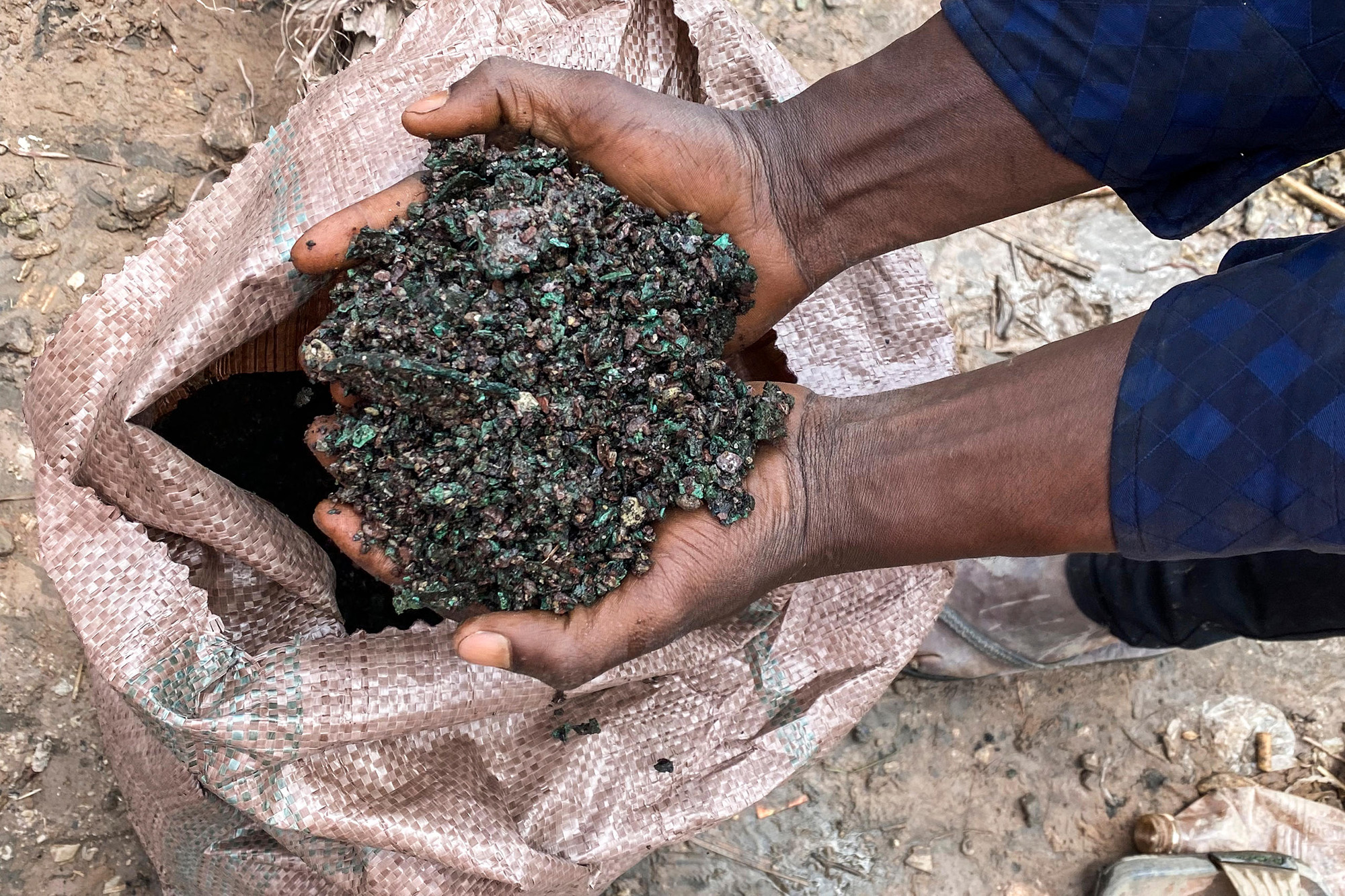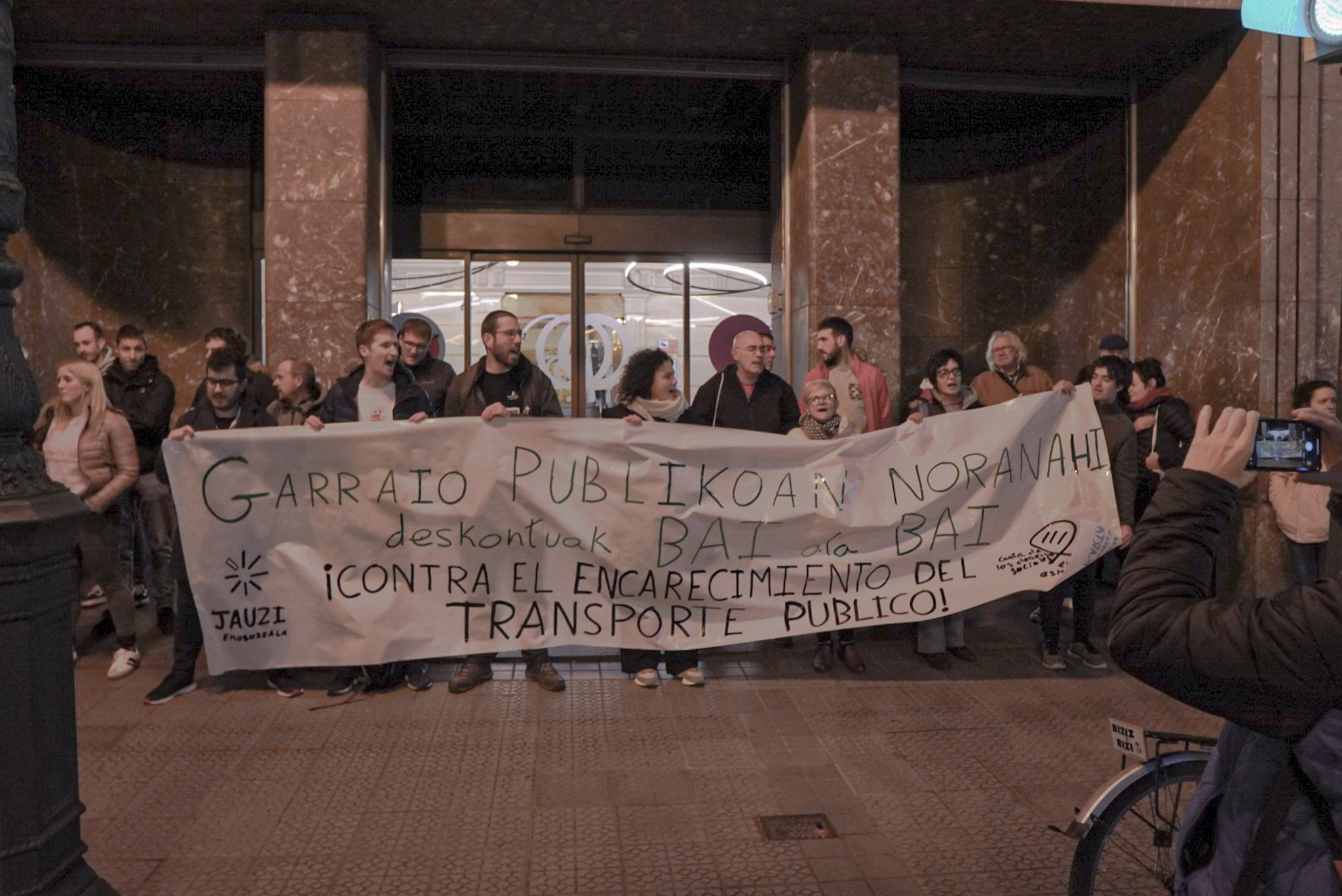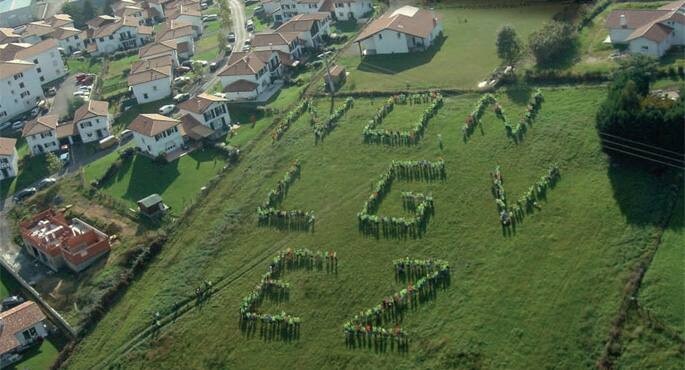Engineering to remove CO2 from the atmosphere: an excuse to continue to exploit the earth?
- Is the climate problem just an engineering issue? The industrialization of the world has reinforced the greenhouse effect of the atmosphere, by pouring huge amounts of carbon dioxide into the air to compromise our survival. Why not, therefore, recapture that carbon dioxide so efficiently that it can continue to use fossil fuels without risk? This is the Carbon Dioxide Removal technique, known worldwide as CDR. Or maybe not.

Among the possibilities that can be developed in terrestrial areas to remove carbon from the atmosphere are mainly two: one related to the capture and storage of bioenergy, internationally known by the English acronym BECCS. With this system, a large biomass plant grows first, then it is burned to produce electricity in thermal plants and most of the CO2 emitted by this combustion for underground storage is captured. If this "geological" capture is permanent, CO2 can ultimately be removed from the atmosphere, while electricity is produced. The second major option for carbon elimination is planting or transplanting in forests, known as acronym A/R, if the wood is not burned without transplantation.
The last report of the third working group of the IPPC (Intergovernmental Panel on Climate Change) analysed the amount of COnutrients that could be removed from the atmosphere with BECCS and A/R systems: 11.3 with the first and 10 Gt (billion tonnes) per year of CO2. These figures are very significant considering that in 2023 the world emitted 37.4 Gt of COmetal. In other words, we would achieve 57% of those emissions, or the same thing: if we managed to reduce the emissions by 43%, we would get the famous net zero target. This is based on potential or maximum amounts. The mean values were 5.9 and 3.9 Gt for BECCS and A/R systems.
However, this objective would not be attained without prejudice, and the IPCC has not analysed them in particular. In fact, some of these side-effects would be huge and we should rethink the intentions of using CoR techniques to remove carbon dioxide. Thus says the recently published Sustainability limits needed for CO2 removal in Science magazine.
.jpg)
Catch price for all spills
The authors of this study affirm that in the possible climatic itineraries analyzed by the IPCC, the BECCS and A/R projects would have significant implications in human activities and food security. However, the IPCC has not studied these itineraries in depth from the point of view of environmental impacts, but only from the technical and economic point of view.
Thus, until now, the use of 29 million square kilometres of land in other ways, such as the cultivation of plants for bioenergy or the coating with tree plantations, was not considered an obstacle. This area is almost a seventh of the surface area of the European Union, which could compromise the food security of 300 million people. Sustainability problems, which may result in re-use of rural areas or loss of biodiversity, would be evident if BECCS and A/R systems were able to capture 1.3 and 3.8 Gt per year respectively, i.e. much less than a significant impact on the greenhouse effect, would already cause damage.
For large companies it is easy to reach amounts that compensate for the use of fossil fuels through plantations, which are then used to advertise
According to the press paper published with the study, this level of CoR, which the IPCC considers feasible at an acceptable price, creates risks for crops, human activities and biodiversity, as there are not enough land on our planet to capture CO2 to this extent. The authors believe that the criteria for setting limits for CoR projects should be biodiversity, freshwater use and food security.
Tackling the problem seriously, postponing
So far, the climate strategies of different states have highlighted the CoR techniques and, above all, the projects of planting trees, due to their low cost and speed of development. Kate Dooley, of the University of Melbourne, co-author of the article of Science, says that large companies especially predict these plantations on a large scale, as with them it is easy to reach amounts that compensate for the use of fossil fuels and then use it to advertise.
But using the CoR to compensate for the use of constant fossil fuels, according to Dooley, cannot be legitimate. Governments’ climate strategies should therefore be well-distributed and clearly exposed in two areas: on the one hand, emission reduction targets and on the other, CO2 capture targets. Furthermore, the latter should be the least sustained possible, while the main objective should be to protect and rebuild natural ecosystems.
.jpg)
Alexandra Depreze, one of the main authors of the article, of the Institute for Sustainable Development IDDRI in Paris, has stressed that many governments and industries are promoting large CoR projects on the pretext of postponing efforts to reduce emissions rapidly. But this can articulate us backwards in global warming above the 1.5 degrees limit, while increasing the loss of biodiversity, questioning the objectives of the Kunming-Montreal summits, without which we are moving away from meeting the targets.
The authors have given three tips to avoid this situation. One, set high “honesty” standards in the CoR market so that they are only used for non-avoidable waste discharges. Two, to oblige states not only to differentiate emission reduction and CDRs targets, but to maximise emissions reduction, to minimise the use of CDR, to explain what they are used to compensate for these techniques and to think that CDR projects cause the least possible damage to rural areas. And three, making climate and biodiversity governance compatible, funding the protection of forests and prioritizing the regeneration of forests against plantations. To achieve all this, they consider that CoR projects would require indicators to measure their social and environmental impacts.
So far, the transfer of 29 million km² to plant breeding for bioenergy or to cover with tree plantations was not considered as an obstacle.
As far as compensation is concerned, the oceanographer at University of Hawaii, David Ho, sums up the problem that we will not need more CDR if we do not stop using fossil fuels relatively quickly, what happens is that if we do not stop using fossil fuels relatively quickly, we will end up with civilization. CDR is banal if we do not drastically reduce dependence on fossil fuels. CDR techniques should be used to compensate for only waste discharges, not luxury discharges.
If the problem is not addressed with time and seriousness, how many trillions of money will we have to spend in half a century to try to rebuild the climate and solidity of the ecosystems that we enjoyed free of charge in the twentieth century?
The Centre Tricontinental has described the historical resistance of the Congolese in the dossier The Congolese Fight for Their Own Wealth (the Congolese people struggle for their wealth) (July 2024, No. 77). During the colonialism, the panic among the peasants by the Force... [+]
























